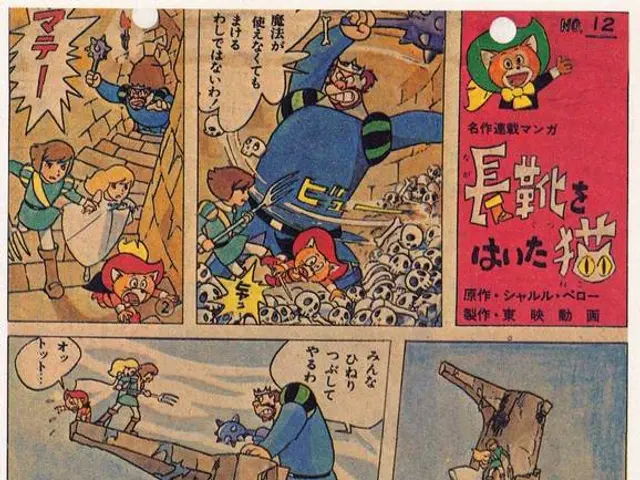Guide on Showcasing Quantitative User Research Findings for Optimal Impact
In the realm of user research, traditional graphs and pie charts often fall short when it comes to communicating complex qualitative insights effectively. To bridge this gap, advanced visualization techniques are essential. Here are six powerful methods that emphasize engagement, clarity, and storytelling:
1. **Affinity Mapping (Affinity Diagramming)**
This thematic analysis method transforms qualitative data into interactive visual elements, such as sticky notes or digital cards. Researchers group these snippets by themes or patterns, creating clusters that reveal deeper insights. Tools like Miro, Mural, or Trello facilitate this process digitally, making it collaborative and dynamic.
2. **Data-Driven Storytelling**
Combine visuals with narrative to present a clear, compelling story. Use qualitative findings as the backbone of a story that guides your audience through insights. Visual elements should complement the story, not just decorate it.
3. **Visual Thematic Summaries**
Instead of just charts, create visual summaries of themes or user quotes organized around key insights. For example, cluster key quotes or observations with icons or illustrations that symbolize the theme, linking text with imagery to leverage dual coding theory, which aids memory and understanding.
4. **Categorical Representations Beyond Basic Charts**
Use bar charts or segmented visuals not merely for numbers but to show qualitative categories or user segments’ preferences and behaviors. Visually contrasting different user groups’ experiences or comparing sentiment across demographics could turn qualitative findings into compelling visual comparisons.
5. **Interactive Dashboards and Digital Visual Tools**
Leverage UX research tools or platforms that allow you to create dashboards integrating qualitative data points: user quotes, heat maps, journey maps, persona profiles, and video snippets. These interactive elements engage stakeholders and provide a richer context than static charts alone.
6. **Journey Maps and Experience Maps**
Visualize the user’s experience over time or across touchpoints using journey maps that combine qualitative insights with emotion indicators, pain points, and opportunities. This method communicates user behavior and feelings in a narrative visual form that is intuitive and actionable for decision-makers.
These methods are particularly useful in understanding the day-to-day experiences of informal caregivers of seniors with mild dementia symptoms. A user journey map, for instance, can show the steps involved in taking care of a senior throughout a typical day, including doing, thinking, and feeling elements.
When sharing results from qualitative user research, the purpose is to create an understanding for the lives people lead, the tasks they need to fulfill, and the interactions they must effect. The user journey map, along with affinity diagrams and empathy maps, are three types of visualizations recommended for qualitative user research, each communicating different insights.
Touchpoints with the current service provided by the healthcare organization or any other entity involved should be indicated in the user journey map. Empathy maps, on the other hand, give the audience a great overview of four relevant areas of user understanding: what people say, do, think, and feel.
Graphs may not always be the best way to communicate the results from qualitative user research methods such as interviews or observations. Frequently, the number of participants in these types of studies is too low to create meaningful graphs. However, many research results benefit from graph-like visualizations, mainly true for results from quantitative user research.
To learn more about how to create a user journey map, read the article "Customer Journey Maps - Walking a Mile in Your Customer's Shoes". These techniques not only make the results of qualitative user research more engaging and understandable but also help to make informed decisions and improvements in user experiences.
- In the process of UX design, incorporating affinity mapping as a thematic analysis method can greatly enhance user research findings by transforming qualitative data into interactive visual elements, fostering collaboration, and uncovering deeper insights.
- Personal growth and learning can be facilitated through education-and-self-development resources that teach advanced visualization techniques in interaction design, essential for bridging the gap between complex qualitative insights and effective communication in user research.
- For effective user research, it's important to supplement traditional graphs with visual thematic summaries, which can organize user quotes and observations around key insights, leveraging dual coding theory to aid memory and understanding.




